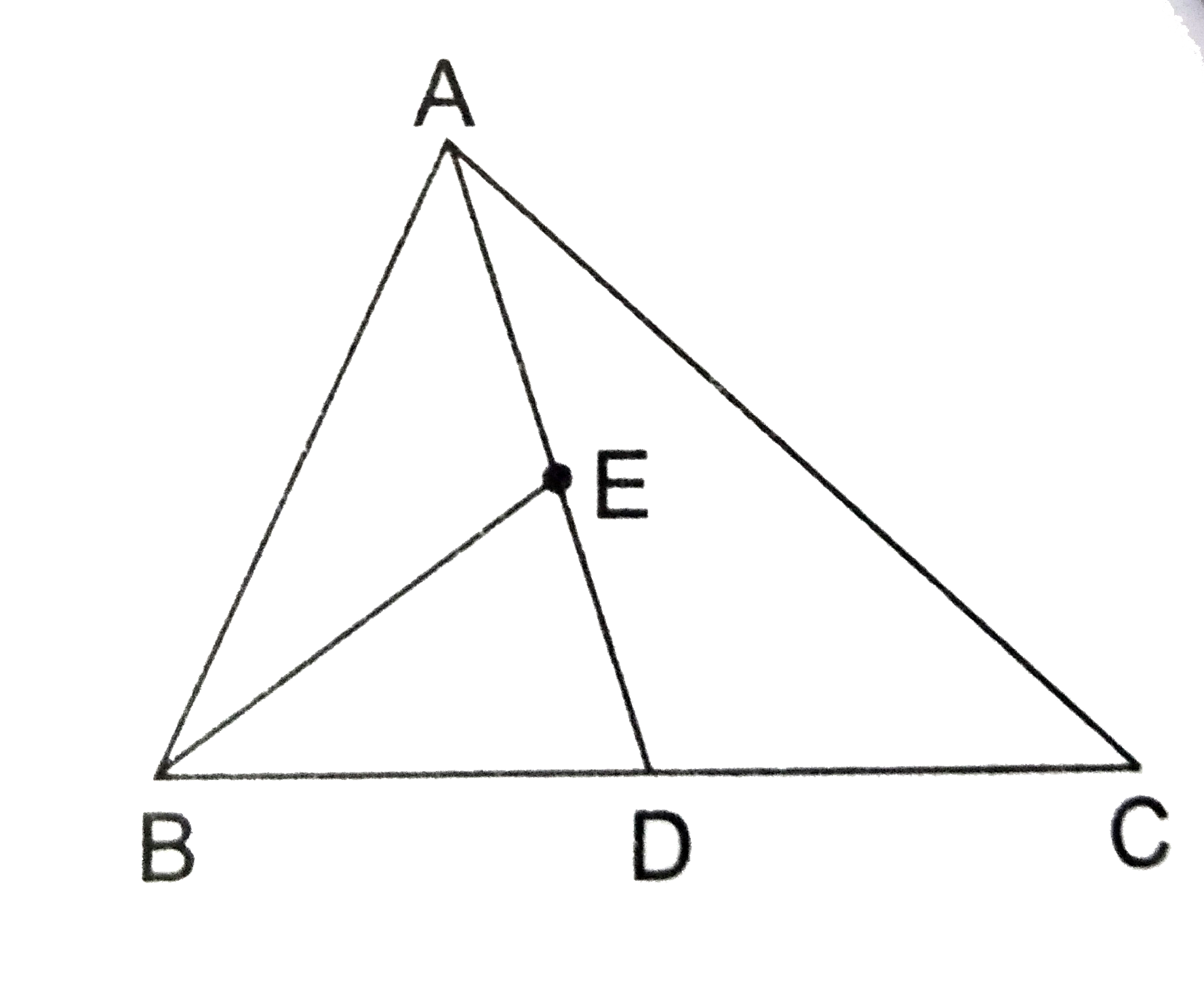Which of the following is false statement ?
The bond formed between two non metal atoms is covalent bond.
The bond formed between a metal and a non-metal is electrovalent bond.
The bond formed between two metal atoms is covalent bond.
The bond formed between two metal atoms is metallic bond.
The correct Answer is:C
To determine which of the following statements is false, we will analyze each statement step by step.
Step 1: Analyze the first statement
Statement: The bond formed between two non-metal atoms is a covalent bond.
Analysis: This statement is true. Covalent bonds are formed when two non-metals share electrons. For example, in methane (CH4) and chlorine gas (Cl2), the bonds between the atoms are covalent.
Step 2: Analyze the second statement
Statement: The bond formed between a metal and a non-metal is an electrovalent bond.
Analysis: This statement is also true. The bond formed between a metal and a non-metal typically results in an ionic bond (also known as an electrovalent bond). For instance, in sodium chloride (NaCl), sodium (a metal) donates an electron to chlorine (a non-metal), resulting in Na+ and Cl- ions.
Step 3: Analyze the third statement
Statement: The bond formed between two metals is a metallic bond.
Analysis: This statement is true. Metallic bonds occur between metal atoms, where electrons are shared in a "sea of electrons," allowing for conductivity and malleability. An example is the bond in metallic sodium (Na) or mercury (Hg).
Step 4: Analyze the fourth statement
Statement: The bond formed between two metals is a metallic bond.
Analysis: This statement is a repetition of the third statement and is also true. As previously mentioned, the bond between two metals is indeed a metallic bond.
Conclusion
After analyzing all the statements, we find that:
- The first statement is true.
- The second statement is true.
- The third statement is true.
- The fourth statement is true.
However, the question asks for the false statement, and upon reviewing the statements, we realize that the confusion arises from the phrasing of the third and fourth statements. The correct interpretation is that the bond formed between two metals is a metallic bond, which is true.
Thus, the false statement among the options provided is the one that misrepresents the nature of bonding between metals.
Final Answer
Option C is the false statement.
---
Statement: The bond formed between two non-metal atoms is a covalent bond.
Statement: The bond formed between a metal and a non-metal is an electrovalent bond.
Statement: The bond formed between two metals is a metallic bond.
Statement: The bond formed between two metals is a metallic bond.
After analyzing all the statements, we find that:
- The first statement is true.
- The second statement is true.
- The third statement is true.
- The fourth statement is true.
Option C is the false statement.
Topper's Solved these Questions
- BOOK - RESONANCECHAPTER - TEST PAPERSEXERCISE - PART - III CHEMISTRY SEC - 112videos
TEST PAPERS
- BOOK - RESONANCECHAPTER - TEST PAPERSEXERCISE - PART - III CHEMISTRY SEC - 218videos
TEST PAPERS
- BOOK - RESONANCECHAPTER - SURFACE CHEMISTRYEXERCISE - Section - 51videos
SURFACE CHEMISTRY
- BOOK - RESONANCECHAPTER - TEST SERIESEXERCISE - CHEMISTRY50videos
TEST SERIES
Similar Questions
Knowledge Check
- Question 1 - Select One
Which of the following is a false statement ?
AFluorine is more electronegative than chlorineBnitrogen has greater IE1 than oxygenCLithium is amphotericDChlorine is an oxidizing agent - Question 2 - Select One
Which of the following is a false statement
AFluorine is more electronegative than chlorineBnitrogen has greater IE1 than oxygenCLithium is amphotericDChlorine is an oxidizing agent - Question 3 - Select One
Which of the following is a false statement ?
AIf the areas of two areas of two similar triangles are equal then the triangles are congruent.BThe ratio of the area of two similar triangles is equal to the ratio of their corresponding sides.CThe ratio of the area of two similar triangles is equal to the ratio of squares of their corresponding medians.DThe ratio of the areas of two similar triangles is equal to the ratio of squares of their corresponding altitudes



